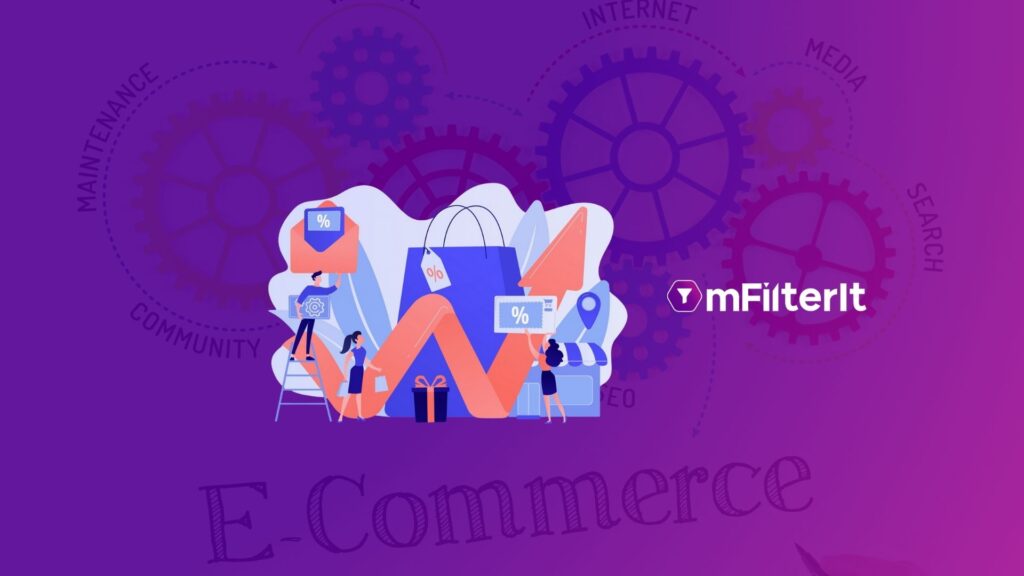Roadmap to Drive Efficiency in VAS Ecosystem
Creating a cleaner ecosystem necessitates addressing complex challenges like VAS subscription validation and lack of transparency. The evolving digital ecosystem is driving innovation, technology, and enhanced efficiency across the digital ecosystem. But the challenges that plague the digital ecosystem are evolving as well, invalid traffic, bots driving clicks and impressions, replicating human behavior, and opening doors for sophisticated fraud across app, web, and digital transactions. Safeguarding your ad campaigns, placements, and digital subscriptions has become a priority for enterprises and advertisers. Why Validation and monitoring of Value-Added Service (VAS) subscriptions are essential? Protect Your Consumers Ensuring that VAS subscriptions are validated helps protect consumers from unauthorized or fraudulent subscriptions. It prevents users from being charged for services they did not knowingly or unwillingly subscribe to, reducing the risk of financial loss and enhancing consumer trust. Follow the Regulatory Compliance Every country’s regulatory body has defined guidelines and procedures to protect consumers from unfair practices related to telecommunications services, including VAS. Subscription validation and monitoring help service providers comply with these regulations and avoid legal issues or penalties. Enhance Customer Experience Monitoring VAS subscriptions contributes to a positive customer experience. It helps prevent the occurrence of unexpected charges, reduces the likelihood of customer complaints, prevents fraud from affecting the subscription flow, enhances overall customer satisfaction, and makes it easy for the user to activate the services. Stringent Fraud Detection and Prevention. Subscription validation is crucial in preventing fraudulent activities related to VAS. Unauthorized subscriptions can be identified and addressed promptly, protecting both consumers and service providers. Build Subscriber Trust and Ensure Retention A transparent and well-monitored VAS subscription process builds trust with subscribers. When users feel confident that they are in control of their subscriptions and are not being subjected to unfair practices, they are more likely to remain loyal customers and it will lead to more activation of services. Fraud prevention in VAS ecosystem VAS services in the digital ecosystem require protection from fraudulent activities to boost revenue with clean traffic and validated subscriptions. Prevention from duplicate IPs or Proxies Reduce the risk of fraudulent activities by preventing multiple activations or transactions from the same IP address or proxy. Also, safeguard from iFraming/Overlay on the subscription button or page and use of server or device farms for fraudulent activations. Use of BOT devices or fake activations. Bots are automated programs that can simulate human behavior. Fraudsters may use Sophisticated bots to generate fake activations or interactions with VAS services. Implementing measures to detect and prevent Bot activities is crucial for maintaining the integrity of the system. Automated clicks by bots for activation Bots may generate automated clicks to activate VAS services, leading to false transactions. Implementing anti-bot measures, such as Enforcement Challenges, Behavioral analytics, and Heuristic checks working in tandem can help in distinguishing between genuine user interactions and automated bot clicks. Transactions from non-targeted regions Fraudsters may attempt to make transactions from regions that are not part of the targeted audience for the VAS services. Implementing geolocation checks as one of the parameters would help in differentiating between genuine and fake requests. It can also help in identifying and preventing transactions from unauthorized or unexpected regions. Device Signature Mismatch Each device has a unique signature based on its characteristics and configurations. Fraudulent activities may involve manipulating or mimicking device signatures. Monitoring and validating device signatures can help in detecting and preventing transactions with mismatched or suspicious device information. Fig. 1: Frauds plaguing the digital ecosystem Creating a cleaner ecosystem necessitates addressing the complex challenges associated with monitoring both Media Spends and VAS Subscriptions comprehensively. Validating the VAS Subscriptionsin real-time is one of the major challenges in the digital landscape. Another key issue is the Lack of transparency. Thus, ad traffic validation across the VAS ecosystem is crucial along with monitoring spending. The Blueprint for a Cleaner VAS Ecosystem Embark on a journey into a comprehensive solution that not only bridges the existing gaps but transforms the monitoring VAS Subscriptions into boost efficiency: The adoption of integrated analytics platforms that seamlessly amalgamate data from Media Spends and VAS Subscriptions paves the way for a unified, comprehensive analysis, dissolving the barriers between siloed data. Transparency and security stand as a formidable deterrent against fraud and discrepancies. Decentralizing transactions ensures accountability and traceability. Infusing artificial intelligence (AI) and machine learning (ML) Identify patterns that might otherwise remain obscured. Predictive analytics, and AI/ML tech will empower and enhance automated validation processes and checks. Final Thought Validating, Optimizing, and Protecting subscriptions of Value-Added Services (VAS) over the Carrier Billing platform reflects a commitment to building an Effective, Secure, Seamless, and Transparent ecosystem. Building a clean DCB VAS ecosystem suggests a focus on ethical and transparent practices that contribute to Positive Adoption, Reduce Churn, Enhance User Experience, and a Cleaner and more reliable channel for enabling services to esteemed users. Taking a transformative path, envisioning a forward-looking perspective, and adopting innovative technologies and strategies will not only enhance revenue but also contribute to sustainability and growth in the long term. Get in touch with our experts for deeper insights. Reach out to learn more!
Roadmap to Drive Efficiency in VAS Ecosystem Read More »










